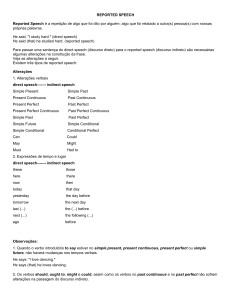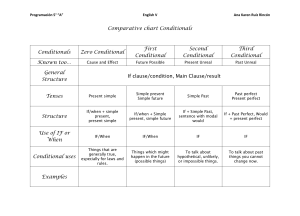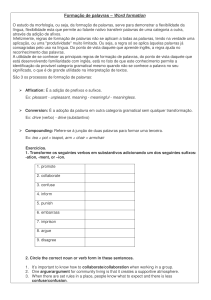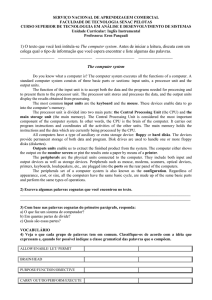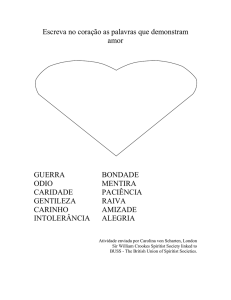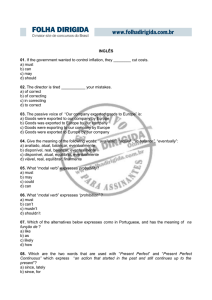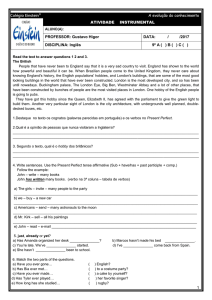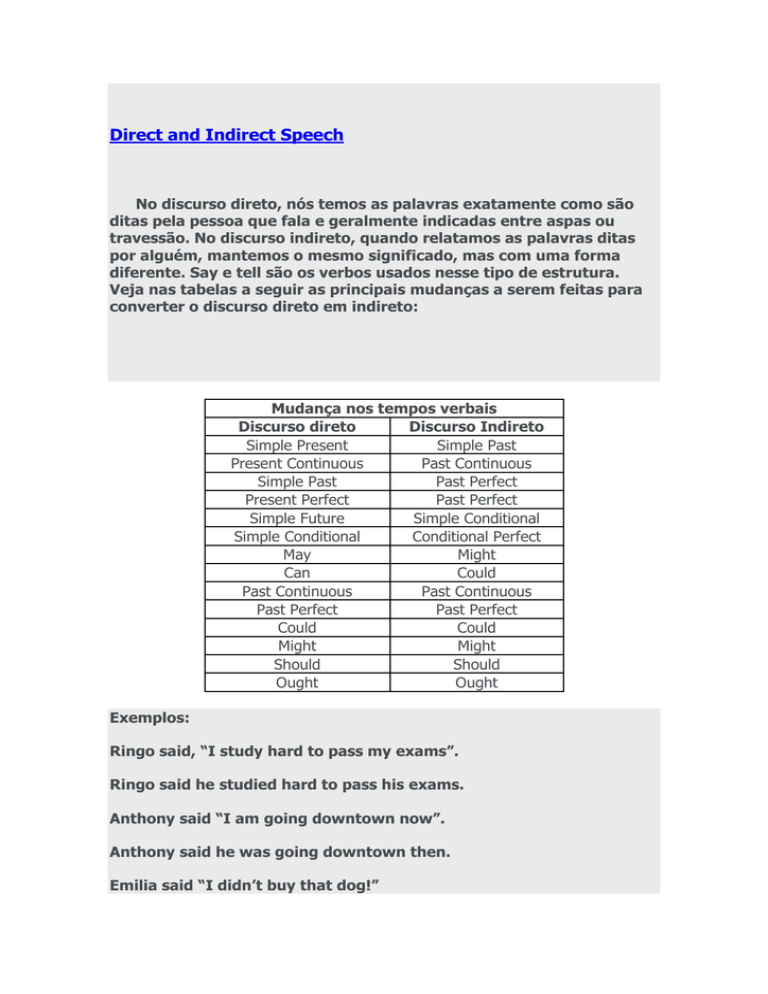
Direct and Indirect Speech
No discurso direto, nós temos as palavras exatamente como são
ditas pela pessoa que fala e geralmente indicadas entre aspas ou
travessão. No discurso indireto, quando relatamos as palavras ditas
por alguém, mantemos o mesmo significado, mas com uma forma
diferente. Say e tell são os verbos usados nesse tipo de estrutura.
Veja nas tabelas a seguir as principais mudanças a serem feitas para
converter o discurso direto em indireto:
Mudança nos tempos verbais
Discurso direto
Discurso Indireto
Simple Present
Simple Past
Present Continuous
Past Continuous
Simple Past
Past Perfect
Present Perfect
Past Perfect
Simple Future
Simple Conditional
Simple Conditional
Conditional Perfect
May
Might
Can
Could
Past Continuous
Past Continuous
Past Perfect
Past Perfect
Could
Could
Might
Might
Should
Should
Ought
Ought
Exemplos:
Ringo said, “I study hard to pass my exams”.
Ringo said he studied hard to pass his exams.
Anthony said “I am going downtown now”.
Anthony said he was going downtown then.
Emilia said “I didn’t buy that dog!”
Emilia said she hadn’t bought that dog.
I said “I have lived here for ages”.
I said I had lived there for ages.
The boys said to his friends “we’ll win the match!”
The boys told his friends that they would win the match.
I said to my girlfriend “love can tear us apart”.
I told my girlfriend that love could tear us apart.

